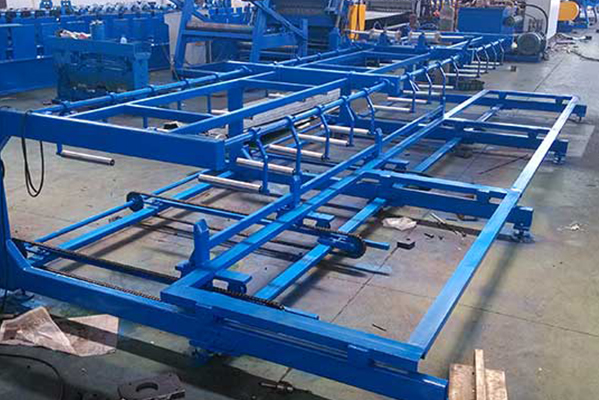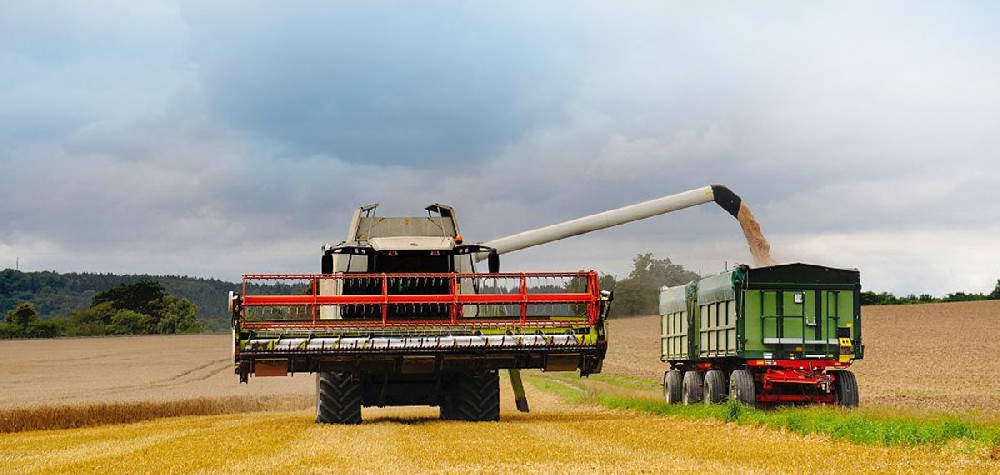Navigation Menu
Contact Us
- Email:
- info@wxavatar.com
- Address:
- Yurong Village, Yuqi Street, Huishan District, Wuxi, China.
Release Date:Jul 13, 2025 Visit:37 Source:Roll Forming Machine Factory
In today's rapidly evolving industrial landscape, auxiliary machine technology plays a crucial role in enhancing manufacturing efficiency, precision, and scalability. These supporting systems, which include robotics, automation tools, and advanced control mechanisms, work alongside primary manufacturing equipment to optimize production processes. This article explores the key ways auxiliary machine technology is reshaping modern manufacturing.

1. Enhancing Production Efficiency
Auxiliary machines, such as automated conveyors, robotic arms, and precision feeders, significantly reduce manual intervention in production lines. By streamlining material handling and assembly processes, manufacturers can achieve faster cycle times and higher output rates. This efficiency improvement helps businesses meet growing demand while maintaining consistent product quality.
2. Improving Precision and Consistency
Advanced sensors and control systems integrated into auxiliary machines ensure high precision in manufacturing operations. Whether in CNC machining, welding, or packaging, these technologies minimize errors and reduce material waste. The result is a more consistent product output, which is essential for industries requiring tight tolerances, such as aerospace and medical device manufacturing.
3. Enabling Flexible Manufacturing
Modern auxiliary machines are designed with adaptability in mind. Modular robotic systems and programmable logic controllers (PLCs) allow manufacturers to quickly reconfigure production lines for different product variants. This flexibility is particularly valuable in industries with short product lifecycles or customized production demands.
4. Reducing Downtime with Predictive Maintenance
Many auxiliary machines now incorporate IoT-enabled monitoring systems that track equipment health in real time. By analyzing vibration, temperature, and performance data, these systems can predict potential failures before they occur. This proactive approach minimizes unplanned downtime and extends the lifespan of manufacturing equipment.
5. Supporting Scalability in Production
As businesses expand, auxiliary machine technology allows for seamless scaling of operations. Automated storage and retrieval systems (AS/RS), for example, enable efficient inventory management in large-scale manufacturing facilities. Similarly, collaborative robots (cobots) can be deployed incrementally to augment human labor without requiring major infrastructure changes.
6. Enhancing Worker Safety
Auxiliary machines often take over hazardous tasks, such as heavy lifting or exposure to high-temperature processes. By automating these operations, manufacturers can reduce workplace injuries and create safer environments for employees. Advanced safety features, such as motion sensors and emergency stop mechanisms, further mitigate risks.

Conclusion
Auxiliary machine technology is a driving force behind the modernization of manufacturing. By improving efficiency, precision, flexibility, and safety, these systems empower businesses to stay competitive in a dynamic market. As advancements in automation, AI, and IoT continue, the role of auxiliary machines will only grow more significant, shaping the future of industrial production.